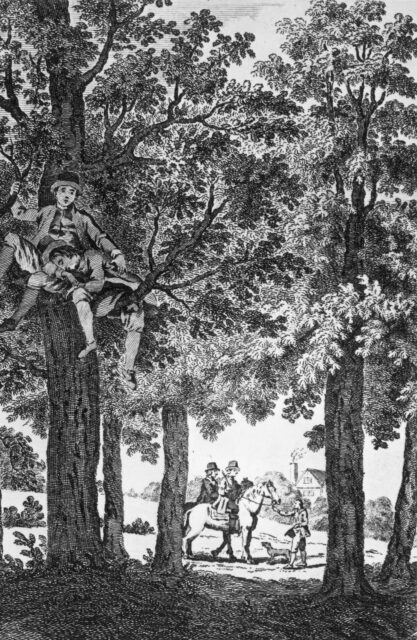Today in History: September 6th, 1651

King Charles II Takes Refuge in the Royal Oak
On September 6th, 1651, an extraordinary event in English history unfolded as King Charles II sought refuge in a humble oak tree. This dramatic moment came just days after the Battle of Worcester, a pivotal conflict in the English Civil War.
The Battle of Worcester, which took place on September 3, 1651, was a decisive clash between King Charles II’s forces and the Parliamentarian army led by Oliver Cromwell. Charles II, who was fighting to reclaim the English throne, suffered a crushing defeat. With his army defeated and his position weakened, Charles II fled the battlefield, desperate to avoid capture.

His escape led him to Boscobel House in Shropshire, where he took shelter in a large oak tree now famously known as the “Royal Oak.” The tree provided temporary safety from Cromwell’s pursuing troops. The story of Charles II hiding in the tree became a legendary episode, symbolizing his resilience and the dramatic twists of his escape.
The tale of the Royal Oak has since become a celebrated part of British history. It symbolizes not only Charles II’s narrow escape but also the eventual restoration of the monarchy in 1660. Today, the Royal Oak stands as a lasting symbol of survival and the rich tapestry of England’s past.
This historic event is remembered with pride, highlighting a dramatic moment of perseverance that played a crucial role in the eventual return of Charles II to the throne. The Royal Oak continues to be a symbol of hope and endurance in British heritage.
